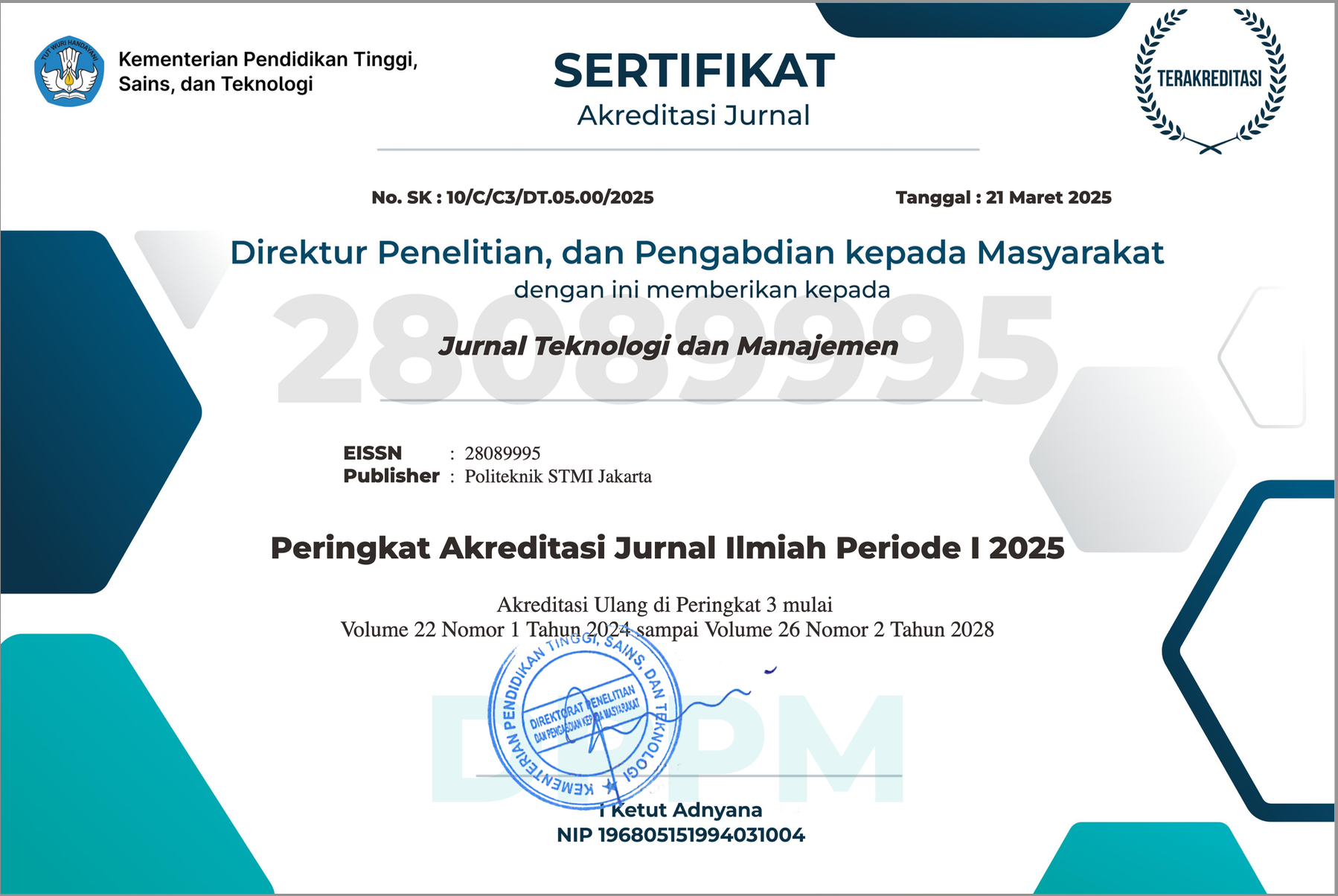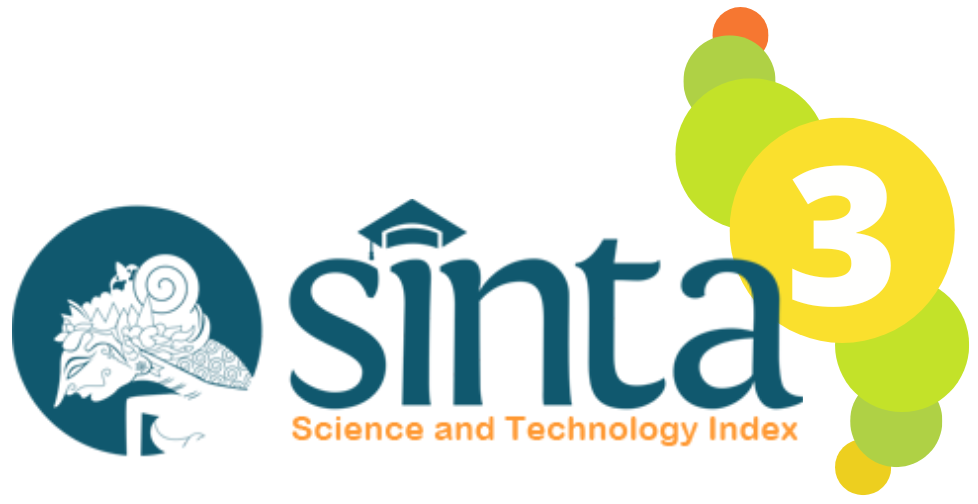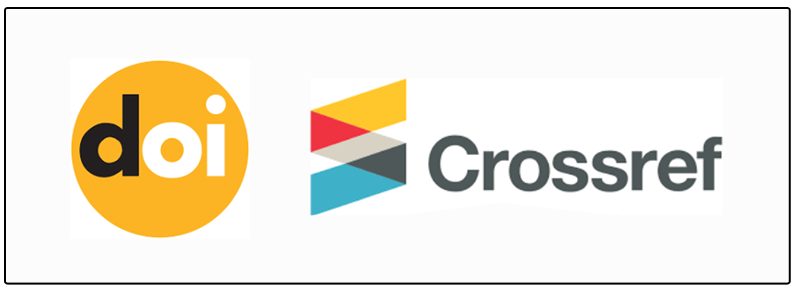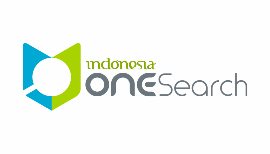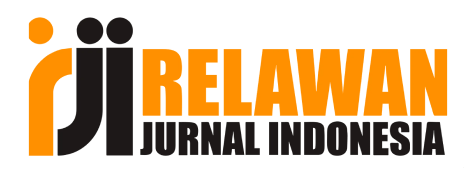About the Journal
| Journal title | Jurnal Teknologi dan Manajemen |
| Initials | JTM |
| Online ISSN | 2808-9995 |
| Print ISSN | 1693-2285 |
| Accreditation Status | Sinta 3 Accredited Journal (Certificate), Decree No: 0173/C3/DT.05.00/2025 |
| Frequency | 2 issues per year ( February, and August) |
| DOI Journal | 10.52330/jtm by  |
| Editor-in-chief | Prof. Dr. Siti Aisyah, S.T., M.T |
| Publisher | Politeknik STMI Jakarta |
| Cite Analysis | Google Scholar; |
| Indexing | Google Scholar | Garuda | OneSearch | Dimension | Copernicus |
Jurnal Teknologi dan Manajemen is a scientific journal published by Politeknik STMI Jakarta and discusses the latest trends in industrial management. The study room for Jurnal Teknologi dan Manajemen is in the field: 1. Industrial Engineering, 2. Manufacture Engineering, 3. Quality Engineering, 4. Production Planning and Inventory Control, 4. Logistics, 5. Procurement, 6. Polymer Chemistry, 7. Marketing and Finance, 8. Human Resource Management, 9. Information System, 10. IT Governance, 11. Enterprise Resource Planning, 12. Artificial Intelligence, 13. E-Business, 14. Design and Technology Tooling in Manufacturing. JTM publishes research papers, technical papers, conceptual papers and case study reports. Article manuscripts are published after going through a thorough peer-review process. The first edition of JTM was published in 2006. The publication of the journal is managed by Unit Penelitian dan Pengabdian Masyarakat (P2M) at Politeknik STMI Jakarta, Central Jakarta, DKI Jakarta, Indonesia as publisher and discusses the latest trends in industrial management. Accepted papers can be in Indonesian or English.




